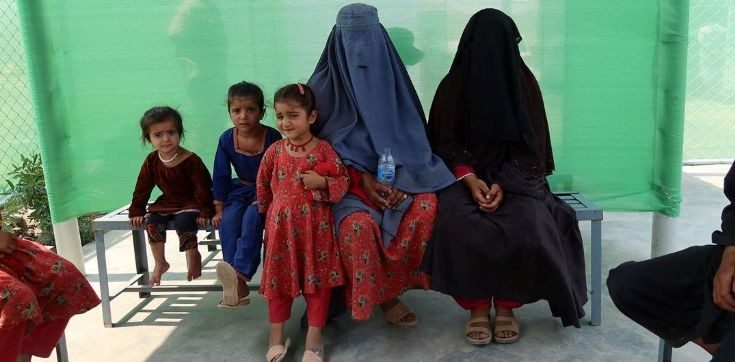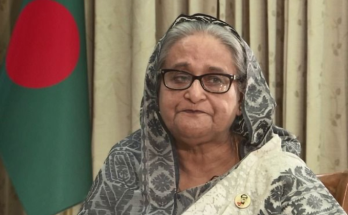#Afghanistan Women#Iran# Pakistan#Afghanistan
As returns of Afghan refugees and those living in refugee-like conditions from Iran and Pakistan increase – many forcibly – women and girls are arriving in a country where their rights, safety, and futures face severe threats, according to a new UN-led report.
Since September 2023, more than 2.43 million undocumented Afghan migrants have returned from Iran and Pakistan.
Women and girls account for about half of the returnees from Pakistan, while their share among those returning from Iran has been steadily rising, reaching around 30 per cent in June.
The escalating pace of returns is straining Afghanistan’s overstretched humanitarian system, with women and girls bearing the brunt of the impact, reported the Gender in Humanitarian Action Working Group, a consortium of humanitarian actors led by UN Women and the UN reproductive health agency (UNFPA).
Vulnerabilities at the border
Women and girls are arriving with little protection or support.
“A tent would be my only protection. I have no appropriate clothes or hijab to wear, no food to eat, no contact number and no relatives to stay with,” one woman told UN Women at the border.
Those traveling without a mahram – a male guardian – face particular risks. Interviews and discussions conducted by Working Group revealed reports of extortion, harassment and threats of violence at border crossings.
“They took 6,000 rupees (about $21) and gave me only 2,000 back. Now, I do not know where to go with this money,” said a woman at Torkham. In Islam Qala, others reported “mistreatment and harassment…causing fear and distress.”
Heightened protection risks
Returnees face rising exposure to gender-based violence, early and forced marriage, trafficking and transactional sex – exacerbated by a lack of basic resources.
A humanitarian worker in Kandahar recounted: “A widow with four daughters was looking to see if she could sell one or two daughters to someone here to have money for survival.”
Humanitarian agencies report a critical shortage of safe spaces and Mental Health and Psychosocial Support Services (MHPSS), especially at border crossings, where many women arrive distressed and disoriented.
Shelter, livelihoods and education
Across provinces, women cite shelter, livelihoods and girls’ education as top needs.
“We need a place to stay, a chance to learn and a way to earn,” said a returnee woman in Nangarhar province.
Only 10 per cent of women-headed households live in permanent shelters, and nearly four in ten fear eviction. In Herat, 71 per cent of women reported rent disputes, and 45 per cent of women-headed households were living in inadequate housing.
“Many families lack sufficient financial resources to afford food and basic necessities,” said a woman in Herat.
Women who previously worked in trades such as tailoring or handicrafts now struggle to restart due to a lack of tools, restrictions on movement, and limited networks or documentation.
Looking ahead
With forced returns expected to continue, humanitarian agencies urge the scale-up of gender-responsive services, including safe spaces, mental health care, livelihood support and education access.
UN Women and its partners are calling for increased funding and sustained international support to meet the urgent and long-term needs of Afghan returnee women and girls.





